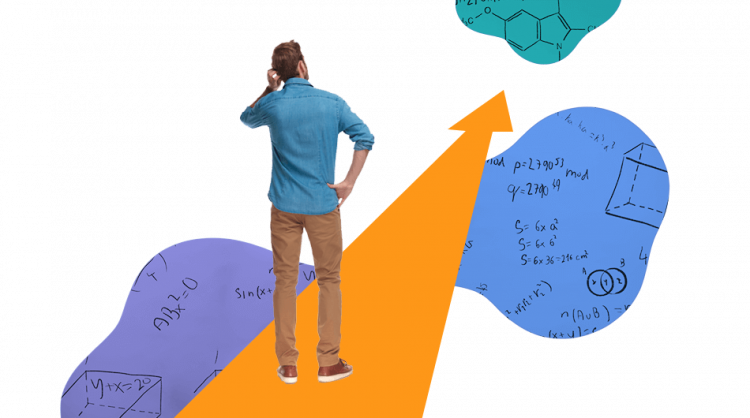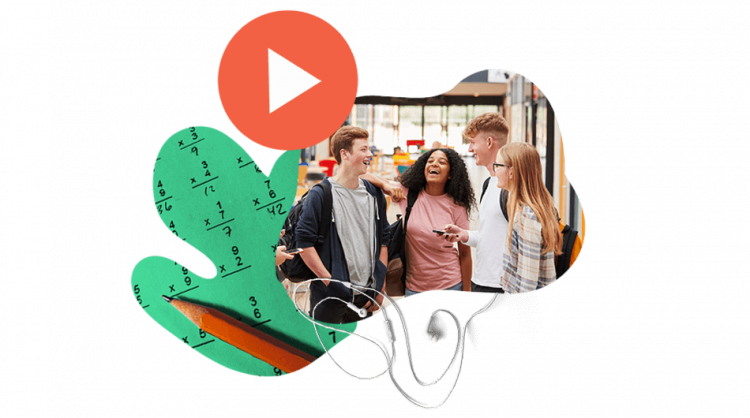Adapting Traditional Lesson in to the Virtual classroom. Lesson plans are simply a teacher’s ideas placed into a well-structured format so as to best serve the purposes of the learning process. Writing down certain concepts allows us to combine a lesson’s elements so that they provide the content to the learners in the best way possible.
Lesson Elements and How to Adapt Traditional Classroom Lesson To The Virtual Classroom
Planning a lesson is a process that starts with including a number of elements that will become your lesson plan’s base. Creating the structure from there depends on many factors, including your own creativity.
1. Define the Purpose

Each teaching session is an element in itself. It is part of a larger structure that has been created to achieve a specific long-term learning goal – to get to the next level, close a chapter, observe a period, etc.
This is why each lesson must have a defined purpose before you even start to explain it. In order to clearly define the goal, try these steps:
- Think about the lesson’s place within the entire structure – is it an appropriate moment to add new knowledge or is it better to practice recent material?
- Set aside time to practice recently covered material.
- Carefully choose the activities that you include in order to prevent the students from getting bored.
- Try to combine the elements in a way that they complement each other.
- Make sure that you have included all of the learning process’ key elements (for example, if you teach a language, don’t forget to throw in some reading, listening comprehension, speaking and writing).
- Although new material is undoubtedly important, try not to let it take over the whole lesson.
- When including an exercise or other activity, think about the students’ reaction when it comes time for them to carry out the task; also, try to set a positive tone regarding any activity.
How to Adapt it to the Virtual Classroom
Defining the lesson’s foundation is, for the most part, the same as in the traditional classroom. One pleasant addition that the virtual classroom has to offer is the templates that give you the opportunity to create and organize the lesson’s elements in advance.
2. Choose the (Right) Elements to Include
The lesson’s components, most of which are built into a traditional classroom, include:
- New material to be explained and understood
- Exercises
- Reading materials
- Educational games
- Listening materials
- Video materials
- Practical problems to be solved
- Discussions
Of course, not all of the above are included in each lesson. The teacher can choose to incorporate those that best serve the lesson’s purpose.
How to Adapt Them to the Virtual Classroom
The virtual classroom offers the same variety of activities and more. Many teachers find themselves stuck when facing the task of changing a physically presented activity so that it can “enter” the virtual classroom (for example, pieces of paper used for matching games or readings and exercises from other sources than the basic textbook).

Actually, adapting traditional activities to the virtual environment isn’t that difficult, even if it sometimes takes extra effort. In addition, it can be seen as an opportunity for improvement and can also be really fun. For example, if you have to develop a lexical game for specialized terms on a certain topic, instead of using just a handful of small papers, the game can be completed with images, links to specialized websites, and you can use downloadable documents that the student can still access even after the lesson is over.
Furthermore, the planned and presented activities in the virtual classroom can be more:
- Personalized so they match the learners’ needs
- Interactive and involving
- Easier to demonstrate to smaller groups
- More accessible (as far as editing is concerned)
- Enriched with real life examples and content
3. Close the Loop
Identifying new information is just the beginning of the learning process. The next step is to practice, while the most important stage is production. Every item of new knowledge that we obtain becomes sustainable by using it to produce something new.
In terms of the classroom, this means that in order to ensure that their students have actually gained new knowledge, a teacher needs to make sure that they have given their students the opportunity to produce something of their own, such as:
- an essay using new words
- a presentation on a new topic
- an experiment on a newly explained phenomenon
- a program in a new programming language
How to Adapt it to the Virtual Classroom
Giving small assignments is always a good idea, no matter if you are teaching traditionally, blended, or entirely virtual.
Virtual classroom software is adapted to this particular need in several ways. VEDAMO gives the teacher the ability to appoint any student as the presenter, which allows that student to upload content, display what they deem to be appropriate, and even give tasks to others.
The participants can also share their screens with everyone and conduct a demonstration in real time.
Practical Tips on Adapting Traditional Classroom Lesson To The Virtual Classroom
- Small pieces of paper for matching games can look good in the virtual classroom when presented as words written in larger font and that are color coded.

- Using a map is easy to do by posting a screenshot of the location or just by screen sharing.
- Use images from the web, pasted on the online whiteboard, for description games, which involve students trying to guess an object based on a description given by another student.
- Boldly use the built-in shapes library to hide or reveal elements or use the shapes to illustrate your ideas, create charts, and build models.
- Take narration to the next level: present separate listening or video tasks (using the “breakout rooms” feature) to smaller groups of students and have them discuss what they learned with each other afterwards.
TABLE OF CONTENT:
